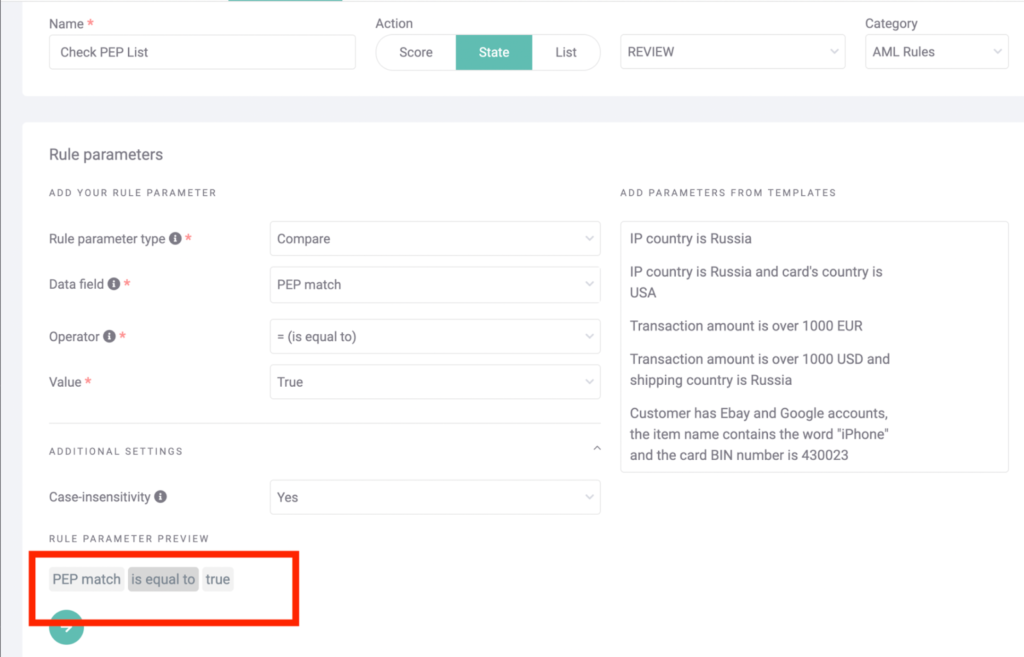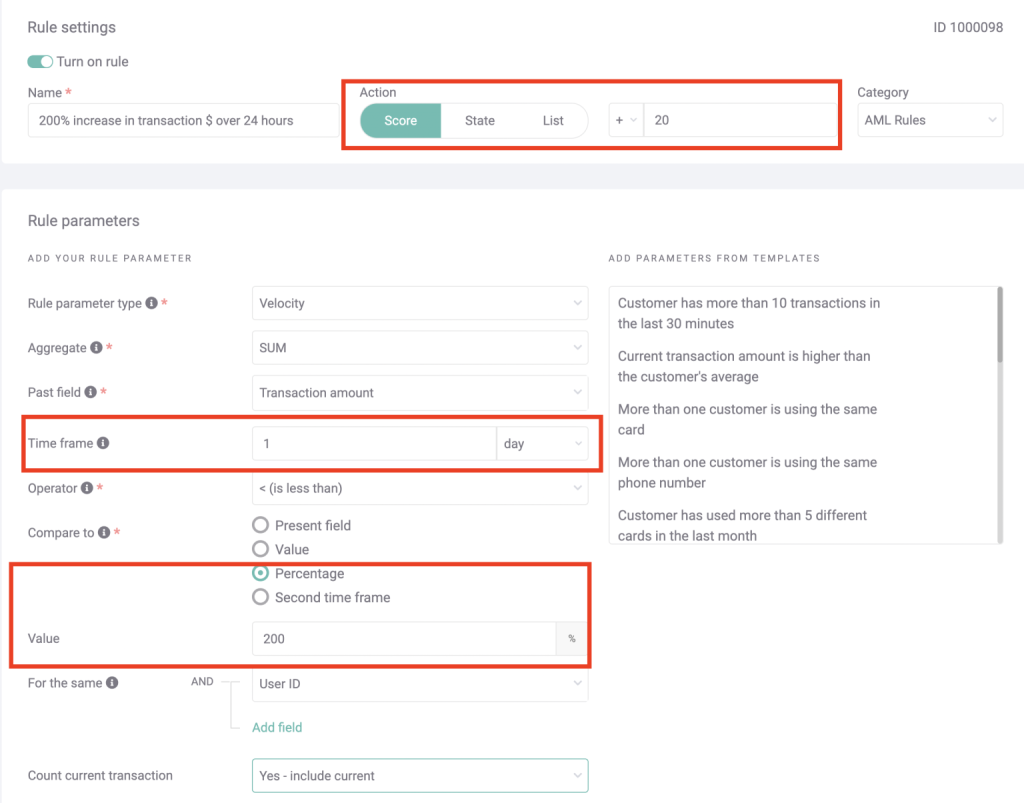Few verticals are as accustomed to risk as forex trading companies. Quick access to cash, deposit, and withdrawals of money, a de facto e-wallet service… It all adds up to create the perfect magnet to attract fraudsters, money launderers, and organized criminals.
Let’s see how you could mitigate that risk at your forex trading company by deploying better anti-fraud rules to identify high-risk customers.
Why Forex Trading Companies Need to Spot High-Risk Customers
Failing to identify high-risk customers can have a number of negative consequences for forex trading companies:
- Compliance fines: KYC and AML regulations make it very clear that FX businesses must understand who their customers are, reduce fake accounts, and ensure they’re not aiding criminals. The repercussions can be severe, notably coming with punitive fines that can make a serious dent in your margins.
- Reputational damage: Failure to mitigate high-risk customers may lead to being seen poorly by other stakeholders, employees, competitors – and, more worryingly, by potential customers.
- Higher card network fees: The foreign exchange trading industry is already considered high-risk when applying for a merchant account. Things could get worse if your chargeback rates spike. You may have to pay higher fees or even be banned from using certain card networks.
The last fact is a great pointer as to what makes FX trading businesses high-risk in the first place. Because they sometimes deal across global currency markets, as well as often cater to customers around the globe, there is no single set of rules or regulations, which makes it a challenge for banks to rely on the right jurisdiction to mitigate disputes.
Partner with SEON to minimize risk and reduce fraud rates in your business with ML, real-time data enrichment, and advanced APIs.
Ask an Expert
What Strategies Can Help Detect Forex Trading High-Risk Customers?
Finding high-risk customers starts with a risk-based strategy. In practice, this will be enabled thanks to:
- Risk scoring: In order to quantify risk, you must use risk and fraud scores. These are calculated using risk rules. An example would include looking at whether the customer is connecting to your site using a Tor browser. Checking one or multiple rules is what allows a company to understand risk and automate its response – for instance, by automatically blocking signups.
- Data enrichment: Sometimes, you don’t have a lot of data available for your risk scoring. This is why enriching the customer data you already have can help you increase the precision of your risk mitigation strategy. For instance, an email address or phone number will point to a customer’s social media accounts. An absence of social media accounts is suspicious. Based on a single data point (the email address), we can enrich our information to create a much more complete customer profile, and take it into account in our decision-making.
- AML screening: Anti-money laundering is a key concern of forex trading companies, which is why checking customer names against specific AML databases is crucial. The databases may include the names of PEPs (Politically Exposed Persons), RCA (Relatives and Close Associates) and other individuals deemed high-risk in the context of money laundering.
- Behavior analysis: Profiling customers is ideal at the signup stage, but you should also keep monitoring their activities on your platform after a successful onboarding. Monitor suspicious logins to reduce account takeover, identify changes in deposits to log AML reports, and even detect potential social engineering to protect users from their own bad decisions.
Top 3 Custom Rules to Detect High-Risk Customers in Forex Trading
Now that we’ve discussed general strategies and best practices to understand risk, let’s look at specific rules you could deploy with the SEON software.
#1 Signup Rule: Customer Is High-Risk If They Have No Social Presence
We’ve already touched on the subject of data enrichment above, and this is a prime example of the practice. With SEON, you can start with an email address or phone number only, enriching this single data point to learn if your customer has online profiles on social media and other platforms – as well as which ones.
So why is it important? Well, the type and number of social networks your customer has accounts on could indicate what kind of customers they might be. It is a key strategy of segmentation to identify high-value customers, for instance, but it’s also a great way to identify risk.
In fact, a complete absence of social media profiles is what we consider a high-risk signal at SEON. Most legitimate customers will have some semblance of social network activity.
Sure, some customers might use a secondary email address or phone number. They could also be privacy enthusiasts who shun social media. But in most cases, an absence of social profiles points to a hastily created email address, designed to exploit your FX company – so take it into account in combination with other signals.
#2 AML Rule: Name Appears on a PEP List
This rule is as straightforward as they come. If the customer’s name appears on an AML list, they should be considered high-risk. With SEON’s AML API, it only takes a handful of clicks to check dozens of AML lists in just as many jurisdictions. You can even include the results in a custom rule to receive automatic notifications or instantly block the user onboarding, based on your risk appetite.

At the time of writing, SEON checks PEP lists, RCA lists, crime and wachlist databases and sanctions lists. You can also create the same notifications for customers whose IP addresses point to countries subject to sectoral sanctions.
#3 Transaction Monitoring Rule: Customer Is Suddenly Increasing Deposits
This rule is a twofer. You can enable it both in the context of AML compliance, and also to spot potential account takeovers.
It’s designed to notify you when a customer suddenly deposits more money than before. We’ve set the target at a 200% increase over a 24-hour period, but as you can see from the screenshot below, the parameters are for you to tweak.

Here is why it matters: firstly, you want to keep an eye on deposits to ensure your customer isn’t planning on laundering money. These are the kinds of money movements you may want to log in a Suspicious Activity Report (SAR), depending on your AML compliance requirements.
Secondly, this helps us identify what may be considered unusual behavior for a customer. If the sudden activity increase is combined with, say, a new device (which you can identify thanks to our device fingerprinting) – you have compelling reasons to raise red flags.
Partner with SEON to reduce fraud rates in your business with real-time data enrichment, whitebox machine learning, and advanced APIs.
Ask an Expert
How SEON Helps FX Companies Identify High-Risk Customers
As a complete risk management toolkit, SEON lets you monitor user signups, logins, deposits, withdrawals, and even check for their names on AML lists.
In addition to the aforementioned options, you also get to perform a card BIN lookup and deploy machine-learning suggestions to identify patterns your risk analysts may have missed.
All of the above is available in a flexible, modular package, which proves great return on investment and gives you complete control over risk management – whether you deploy SEON as a full end-to-end solution or to augment your current risk management stack.







